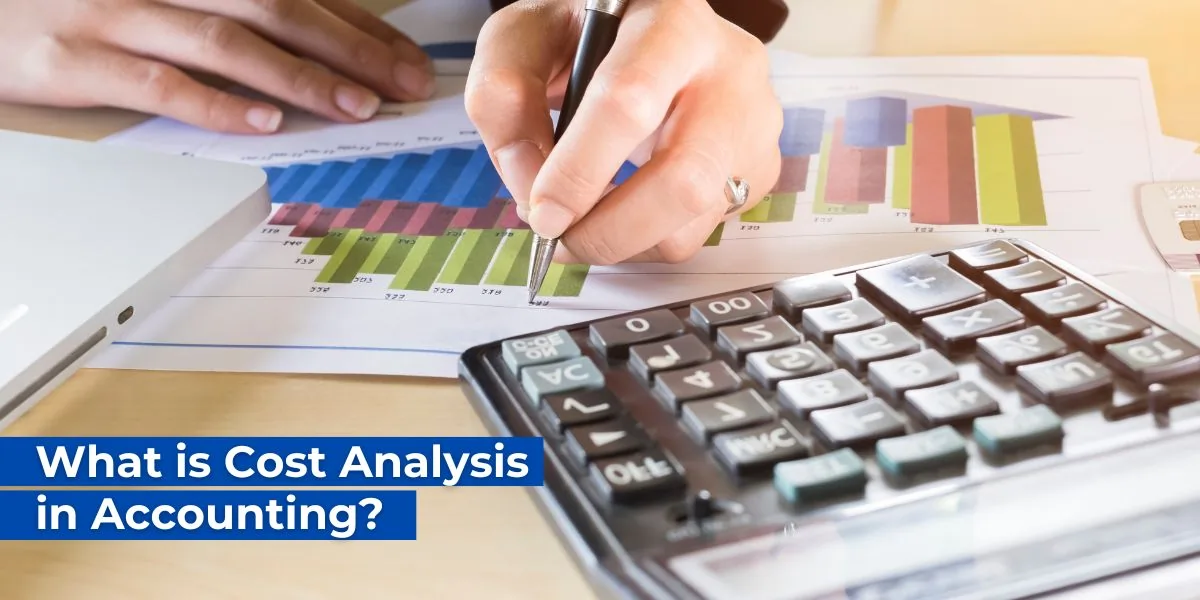
What is Cost Analysis in Accounting?
One of the key concepts in accounting that is essential for business and organizational decision-making is cost analysis. Evaluating production costs is a key component of this process, which is closely related to cost-benefit analysis. We will explore the field of cost analysis in this blog, as well as its importance and relationship to cost-benefit analysis.
Overview of Cost Analysis
What Cost Analysis Is Exactly?
Cost analysis, often known as cost accounting, is the process of determining, quantifying, and evaluating the costs related to different company operations. This crucial financial tool helps businesses understand how their resources are used and allocated by giving them a thorough overview of expenses.
Cost Types
A variety of costs are examined by firms, such as:
• Fixed Expenses:
These, like rent and salary, don’t change based on the volume of production.
• Changeable Expenses:
Raw materials and direct labor are examples of items that change directly in line with sales or output.
• Semi-Variable Expenses:
These consist of both variable and fixed components, such as usage-based and base-rate utility bills.
• Direct Expenses:
costs directly related to the production of a certain good or service.
• Indirect Expenses:
These consist of things like overhead costs and cannot be linked directly to a particular product.
The Importance of Cost Evaluation
1) Skillful Decision-Making
The basis for wise decision-making is provided by cost analysis. Businesses may streamline processes, cut waste, and allocate resources more effectively by knowing where and how they are being used.
2) Method of Pricing
Cost analysis is a key component in determining a product or service’s fair price. Companies must turn a profit and pay their expenses in order to stay in the market.
3) Forecasting and Budgeting
When making financial projections and budgets, cost analysis is crucial. It enables businesses to budget for anticipated future costs.
4) The Connection in Cost-Benefit Analysis
Cost benefit analysis and cost analysis are closely related. Cost-benefit analysis determines whether the advantages of a course of action or investment surpass the associated costs, whereas cost analysis concentrates on comprehending charges.
5) The Assessment of Investments
Businesses perform cost-benefit studies prior to making large investments in order to determine whether the profits outweigh the costs. In this procedure, forecasted costs and anticipated benefits—like higher revenue or cost savings—are compared.
6) Project Selection
Projects are prioritized using cost-benefit analysis, which identifies those with the best returns on investment. It helps choose the projects that best fit the objectives and budgetary resources of the firm.
In summary
In accounting, cost analysis is a crucial procedure that offers information about the stability, productivity, and profitability of a company’s finances. It gives businesses the ability to set competitive prices, maximize operational efficiency, and make well-informed decisions. Moreover, cost analysis and cost-benefit analysis are closely related. Cost-benefit analysis assesses the possible results of different expenditures or activities.
Through the utilization of IBR Group’s cost analysis services, organizations can get a smart allocation of resources and optimize their success in a competitive market by comprehending the correlation between costs and benefits.
